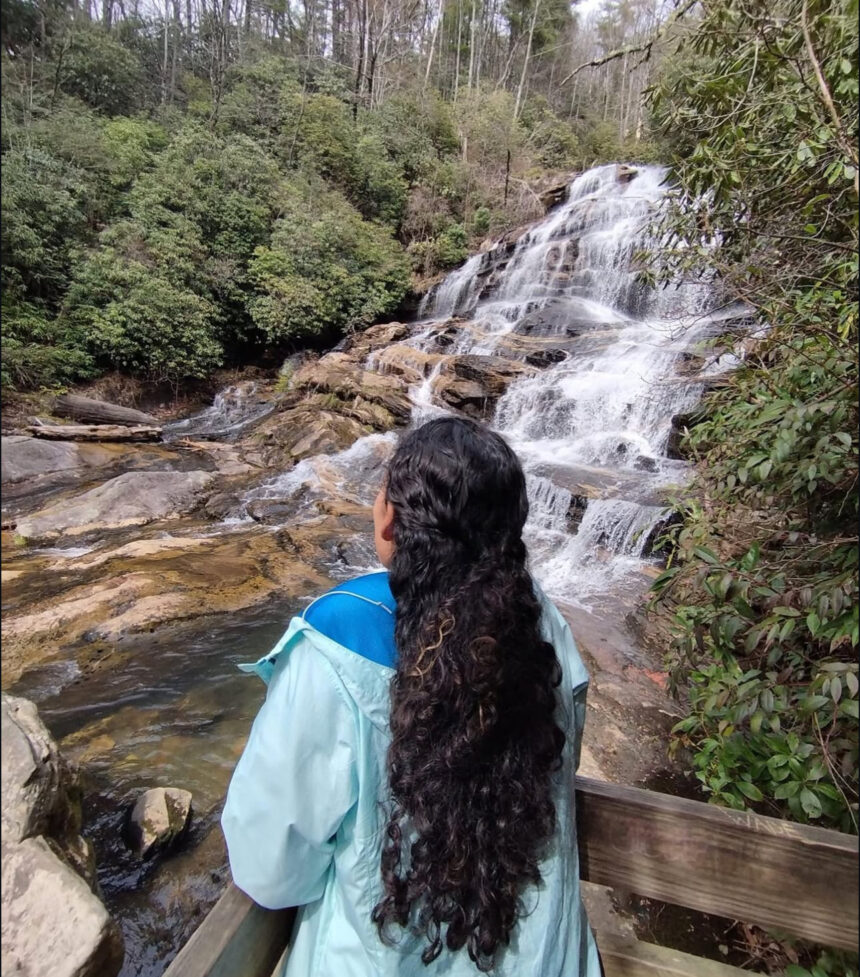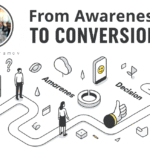Nonprofit organizations across Latin America have long faced a common challenge: the unpredictability of donor support. Often anchored to short-term, one-time campaigns, these fundraising strategies lead to fleeting spikes in donations, followed by long lulls in engagement. Recognizing this systemic issue, Valeria Gasca, in collaboration with Inspire Marketing, developed a culturally attuned recurring donation strategy designed to transform the donor experience—and the results were compelling.
In her case study, “Impact of Recurring Donation Strategies on Donor Retention in Latin American Communities,” Gasca documented how a shift to relationship-based, recurring giving—anchored in local culture and donor flexibility—more than doubled donor retention, increased donor lifetime value by 25%, and cut churn by two-thirds. Conversion from one-time to recurring donations jumped from 10% to 40%. Now, nonprofits across the region are beginning to take note—and act.
Two Colombian nonprofits, Fundación Fabricando Sueños and Club Deportivo Talentos Neiva, have become early adopters of Gasca’s model. Their experience illustrates the power of culturally intelligent fundraising and signals a broader movement toward sustainable donor relationships in Latin America.
From Episodic Giving to Enduring Partnerships
Gasca’s strategy hinges on two core elements: localized storytelling and flexible giving schedules. “A tax-year deadline may prompt a U.S. donor,” she notes, “but an abuela in Bogotá wants to know how her monthly sacrifice helps the neighborhood clinic keep its doors open.” This insight became foundational. Instead of marketing campaigns built around institutional goals or abstract metrics, Inspire Marketing began telling stories that reflected community life: children receiving meals, teachers buying school supplies, and clinics remaining open—all powered by recurring donations.
Donors responded. Monthly, quarterly, and annual giving options were introduced—each treated as equally valuable. This flexibility respected donors’ financial rhythms, whether they were paid weekly, seasonally, or sent annual remittances. The results were undeniable: donor retention climbed from 25% to 60%, while churn fell from 45% to just 15%.
Donor surveys confirmed the emotional impact. Many cited a sense of being part of something lasting. One Medellín donor noted, “Con mi aporte mensual puedo ser parte del cambio todos los días” (“With my monthly support I can be part of change every day”).
Fundación Fabricando Sueños: Turning Stories into Sustained Support
In Bogotá, Fundación Fabricando Sueños—an organization dedicated to improving the quality of life through education, health, and community empowerment—took Gasca’s findings to heart. Under the leadership of Sandra Yasmin Sánchez, the foundation shifted its fundraising paradigm from end-of-year drives to a continuous, story-based model.
“We began speaking to donors in their language, emotionally and literally,” Sánchez shared in a recent outreach update. Campaigns now center around real families in need, youth empowerment successes, and monthly updates that feel more like letters from friends than transactional receipts.
Sánchez implemented flexible giving options and introduced personalized thank-you communications. The result? A growing list of recurring donors and newfound financial stability. “Thanks to predictable monthly contributions, we no longer scramble to fund essential programs,” Sánchez explains. “Now, we can plan ahead—and that makes all the difference.”
The organization also embraced Gasca’s approach to tracking impact. They now monitor retention, churn, and donor engagement just as closely as programmatic outcomes. Donors are invited to participate not just through money, but through feedback, creating a two-way relationship built on trust.
Club Deportivo Talentos Neiva: Teamwork, On and Off the Field
In southern Colombia, Coach Jahir Moreno Manzano, director of Club Deportivo Talentos Neiva, faced a different but related challenge. As a youth sports organization focused on training underprivileged children, Talentos Neiva relied heavily on sporadic sponsorships. Inspired by Gasca’s model, Moreno introduced a recurring giving program framed not as charity—but as community membership.
The club launched its “supporter club,” offering monthly, quarterly, and annual memberships, each level granting equal status and recognition. Donor updates include personal thank-yous from young athletes, videos from local games, and stories of children who stay off the streets thanks to consistent training and support.
“Giving should feel like joining the team,” Moreno said in a local radio interview. “When supporters hear from the kids themselves, when they see how their recurring gift keeps us running drills every week, it creates a bond that goes beyond the wallet.”
The club’s switch has already shown promising results: a marked increase in recurring donations, reduced reliance on unpredictable event-based fundraising, and improved planning capacity. Most importantly, the sense of community—between athletes and supporters—has never been stronger.
Storytelling That Builds Trust
What unites these two organizations is a shift from transactional fundraising to relationship-based giving. In both cases, Gasca’s model served as more than a strategy—it became a cultural compass. Instead of treating donors as external benefactors, Fabricando Sueños and Talentos Neiva invited them into the heart of the mission.
Each message is tailored to reflect the language, rituals, and daily realities of Colombian donors. Updates are designed to show not just what was accomplished, but how the donor’s specific cadence—monthly, quarterly, or annually—made it happen. Predictive modeling, borrowed from Gasca’s toolkit, now helps identify donors most likely to transition from one-time gifts to sustained giving, with nurturing content delivered at the right moment.
Automation plays a role too, but never at the expense of personalization. A lightweight CRM ensures that donor interests—sports, education, or health—guide the stories they receive. Small touches, like bilingual videos or WhatsApp thank-yous, turn digital systems into empathy engines.
A Model for Latin America—and Beyond
Valeria Gasca’s core message is clear: cultural fluency is not a fundraising bonus—it’s a necessity. When donors feel seen, heard, and respected, generosity flows more freely. By giving supporters flexibility and meaning, nonprofits create not just financial stability, but loyalty.
Fundación Fabricando Sueños and Club Deportivo Talentos Neiva now embody this shift. With each recurring donation, they’re writing a new chapter—one where donors aren’t just givers, but participants in long-term, community-driven change.
As Gasca looks to scale this model across Asia and Africa through localized adaptations, her guiding principle remains the same: “It’s not about copy-and-paste fundraising,” she says. “It’s about listening first—then designing with empathy.”
For organizations seeking lasting impact, the path is becoming clearer: speak the donor’s language, honor their timing, and invite them into a relationship, not just a campaign. That’s how moments of giving become movements of change.





